|
Park Chan-wook has delivered some of the most indelible, provocative, and original cinematic scenes of the 21st century. Sitting down in front of a new Park film is an event freighted with the promise of images and sequences that only he could’ve concocted. However, with his latest, Park might be slowing things down after decades of hallway hammer fights, sliced Achilles tendons, and the implied horrors of an early 20-century perv’s basement. Decision to Leave is unequivocally in Park’s visual style, with its sensuality of the everyday and his tactile ‘universe of things’ approach to sets and production design. What it lacks is the lurid, incredulous quality he brings to the screen, or the elevated nature of so many of his plotlines. When Park is doing something reminiscent of a serialized plot that Law and Order might stretch out over the course of a season, he’s out of his wheelhouse.
0 Comments
Rian Johnson, having dipped into noir, heist, and sci-fi, tries his hand at chamber mysteries in Knives Out and continues his unbroken streak of inventive takes on established genres. In his films, Johnson can be counted on to distill his tightly-crafted plots into one big takeaway, wherein the journey is plenty compelling but the residue sticks around long after the end credits. In Looper, he used the cliched questions of time travel to great effect, and in The Last Jedi, he somehow was allowed to subvert the entire Star Wars franchise, at least until the follow-up entry undid all his work. With Knives Out, an airtight mystery plot tramples upon the pretensions of second-generation wealth and leaves the viewer with a perfect final image and more to think about than merely whodunit.
Alejandro Landes’ Monos wears its influences on its sleeves, but tells its story in a unique enough way to be called an homage instead of an imitation. The harsh jungle setting contains plenty of Apocalypse Now and Werner Herzog, while the teenager-led characters immediately evoke Lord of the Flies. Within this familiar framework, Landes uses cinematic flair to distinguish his film and make it stand apart, ensuring that the next creator of a jungle survival tale takes Monos as another example to draw inspiration from.
Though it might push the doomsday clock closer to midnight, spycraft aficionados rejoice at the reemergence of Russia as a global adversary and therefore a stock villain in Hollywood movies. A few seconds more towards nuclear annihilation is a small price to pay if it means more dead drops and surveillance on the big screen. Francis Lawrence’s Red Sparrow doesn’t even bother to place its tale of Russian espionage during Soviet days, preferring to set itself in the modern day. One can imagine the marketing team saying a prayer of thanks when Maria Butina was arrested in the months before its release. Serendipitously relevant only in the broadest geopolitical sense, Red Sparrow is a perfectly fine thriller, albeit one with little to say about the modern Russia its wunderkind spy lives in.
For the latest in micro-budget workarounds, the world turns to Searching, a kidnap thriller with the gimmick that all of its events take place through a webcam or on a screen. For his debut feature, director Aneesh Chaganty gives himself a high degree of difficulty, ensuring that his film will not exactly be the most cinematic to grace theater screens. However, thanks to the frayed-nerve desperation of star John Cho and a propulsive script, Searching transcends its technologically-imposed limitations to tell a classic story of a father and daughter drifting apart long before the dramatic events of the film. The germ of Chaganty’s film would work in a pre-smartphone era, though the gimmick would have to be reconsidered.
Taylor Sheridan has made his name as the writer behind crackling Southwestern thrillers like Sicario and Hell and High Water. After this productive period, he returns behind the camera for Wind River, a film far from the desert but as bleak as those landscapes are dry. There are striking similarities between all three, like culture clashes, communities in decline, and a female outsider butting up against entrenched and male-dominated systems, but why change what’s been working? Sheridan maintains his above-average credentials with Wind River, another quality entry in the emerging genre of the contemporary wilderness Western kicked off by No Country For Old Men.
Guillermo del Toro, a director best known for his creature design, makes a Gothic doomed romance in Crimson Peak, but del Toro being del Toro, he can't help but include some supernatural elements. His heightened, Bronte-ish tale of murder and subterfuge and illicit passions is a familiar story dressed up with del Toro's fantastical sensibility. Unsatisfied with the drafty mansions these stories take place in, he puts his titular decrepit estate on top of a red clay mine, causing the structure itself to bleed with viscous fingers of earth that rise out of the ground, almost pulling the building into hell. Crimson Peak is a pleasure to watch frame to frame, even as the plot gets increasingly predictable.
The Steven Spielberg and Tom Hanks-produced miniseries John Adams opened with the titular founding father defending the hated perpetrators of the Boston Massacre. Despite the threats to Adams' economic and personal safety, he stood for principle when seemingly the rest of Boston stood for revenge. Wanting to shepherd a very similar story to the big screen, Spielberg's Bridge of Spies exchanges Adams for Hanks in everyman mode and British soldiers for a single Soviet spy.
Perhaps the most intense, bleak, soul-searing WWII film since Come and See, Laszlo Nemes' Son of Saul buries the viewer in human misery and evil. There are no last second reprieves a la Schindler's List or life-saving acts of mercy a la Fury. It is black all the way through, a form of cinematic homework that found this viewer taking a breath before pressing play, knowing it was going to be an endurance test. It's a test worth taking, not only to bear witness to an adaptation of first-hand accounts of the Holocaust, but also because Nemes drops the viewer as far into historic atrocity as any work has before.
After Blue Ruin, his gritty, low-rent revenge thriller, Jeremy Saulnier plainly isn't about to wash all the grime off in his follow-up, Green Room. Taking place almost solely in a backwoods neo-Nazi bar, this pot-boiler upgrades the cast but retains Blue Ruin's shocks and visceral violence.
|
Side PiecesRandom projects from the MMC Universe. Categories
All
Archives
April 2023
|
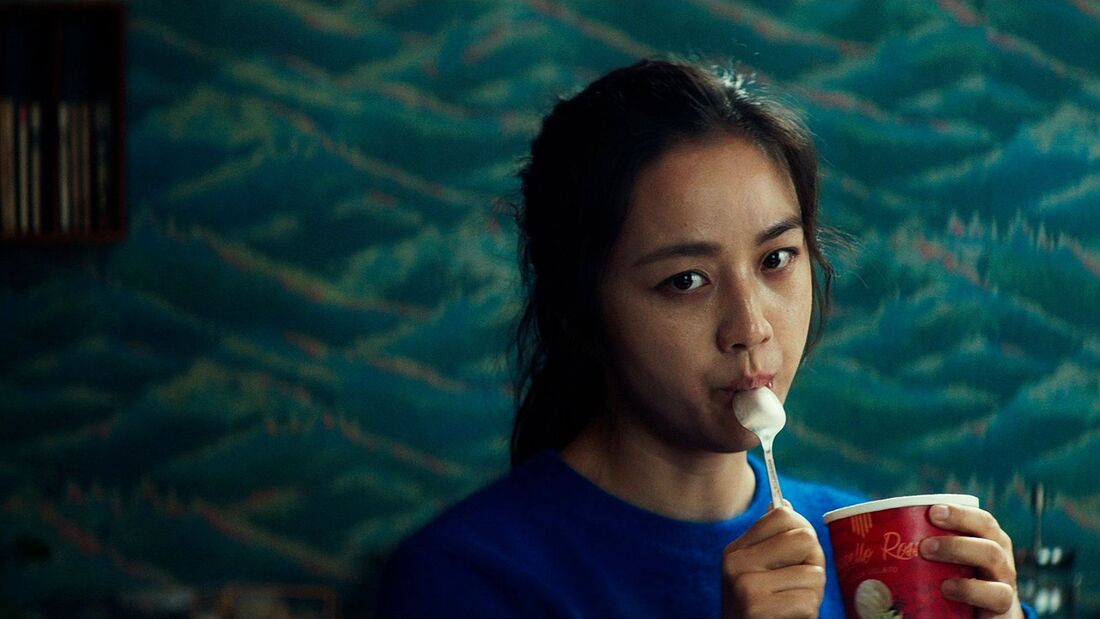
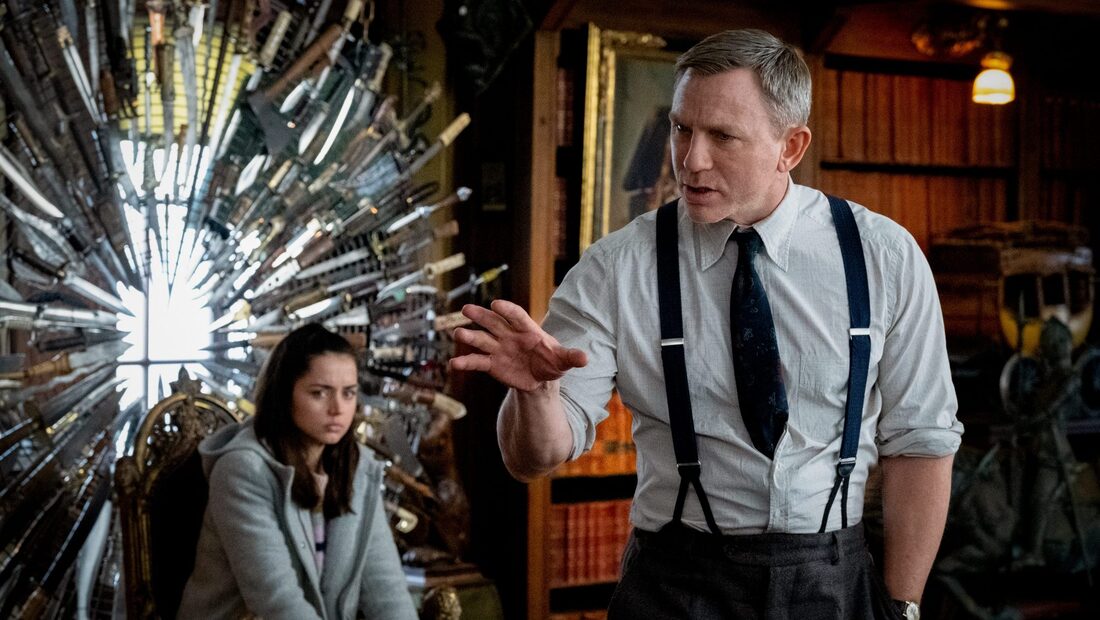
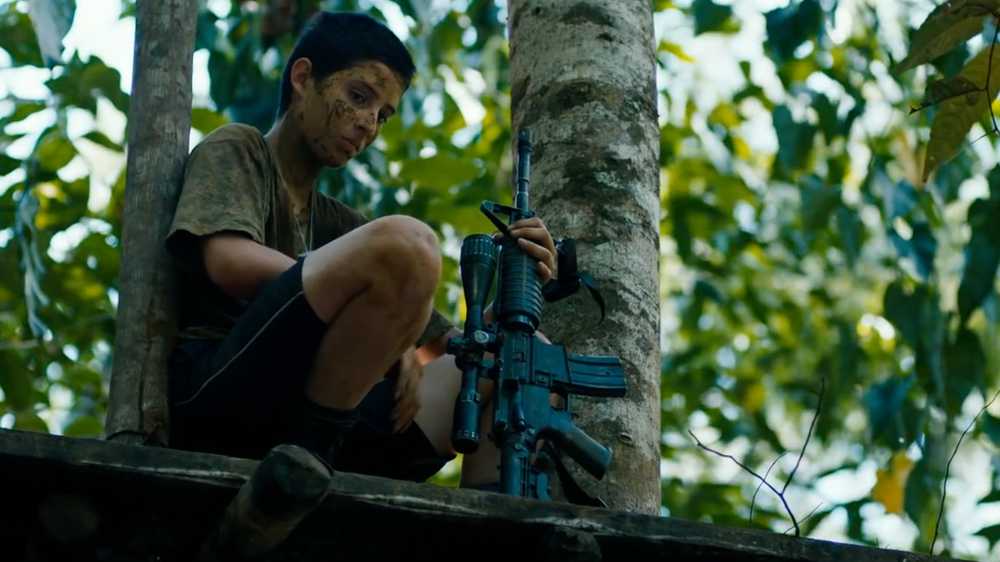
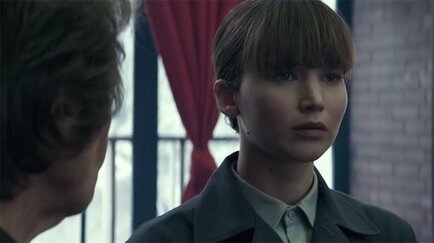
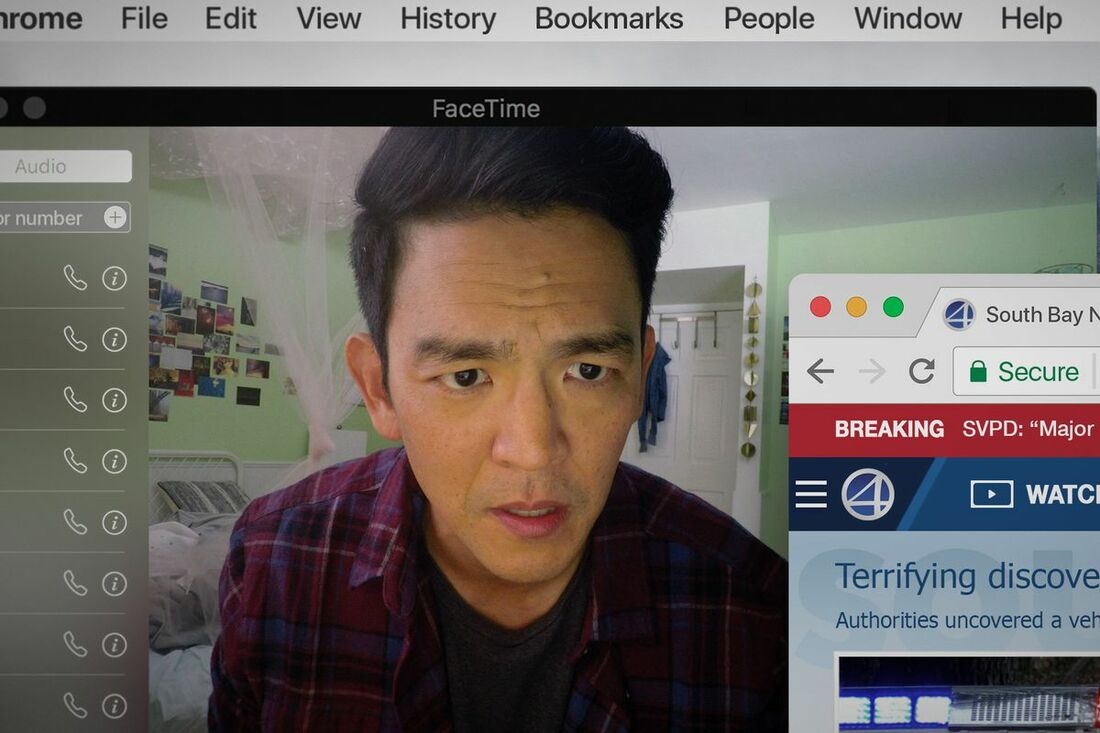
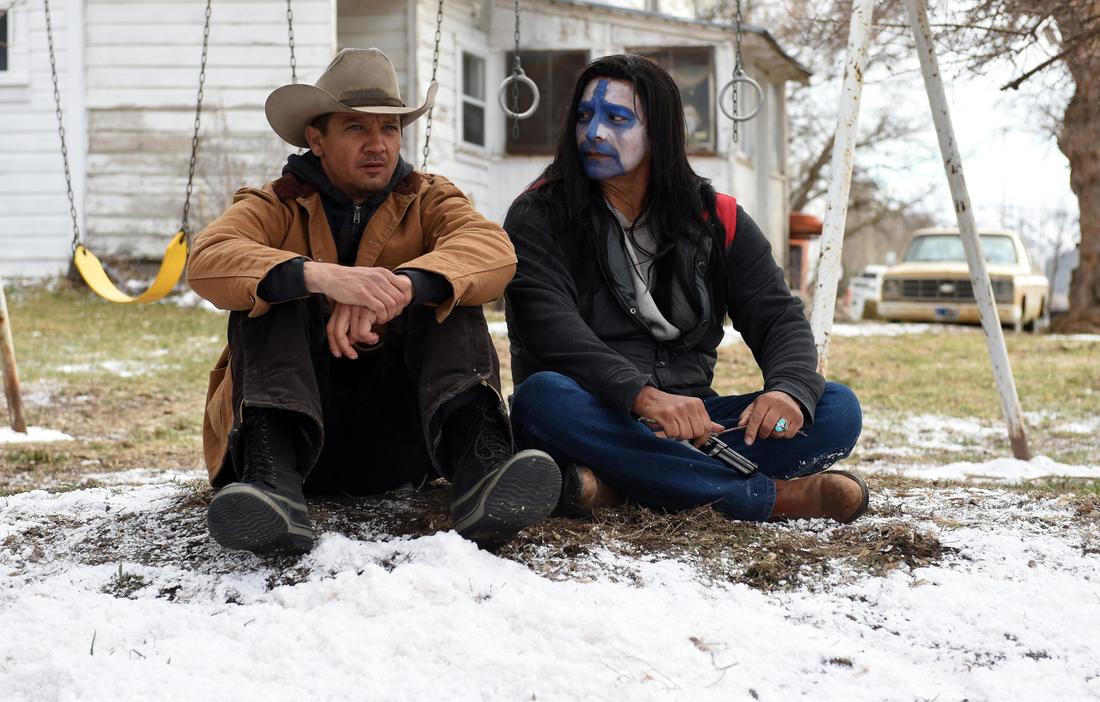
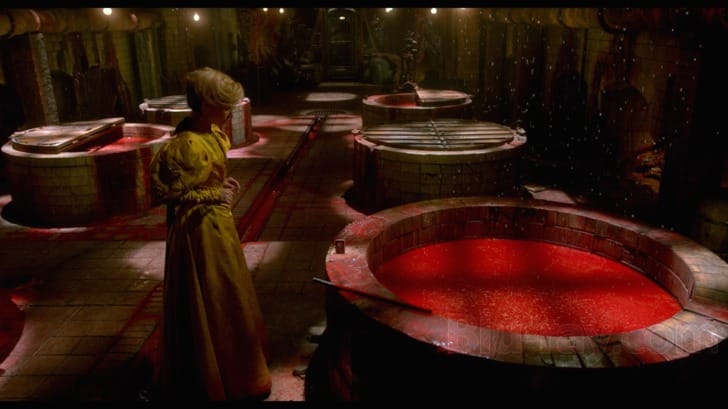
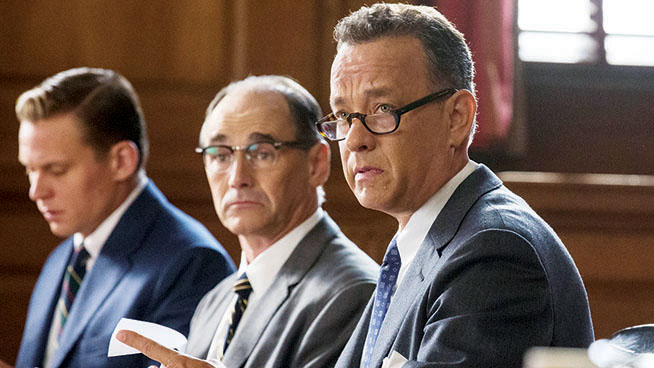
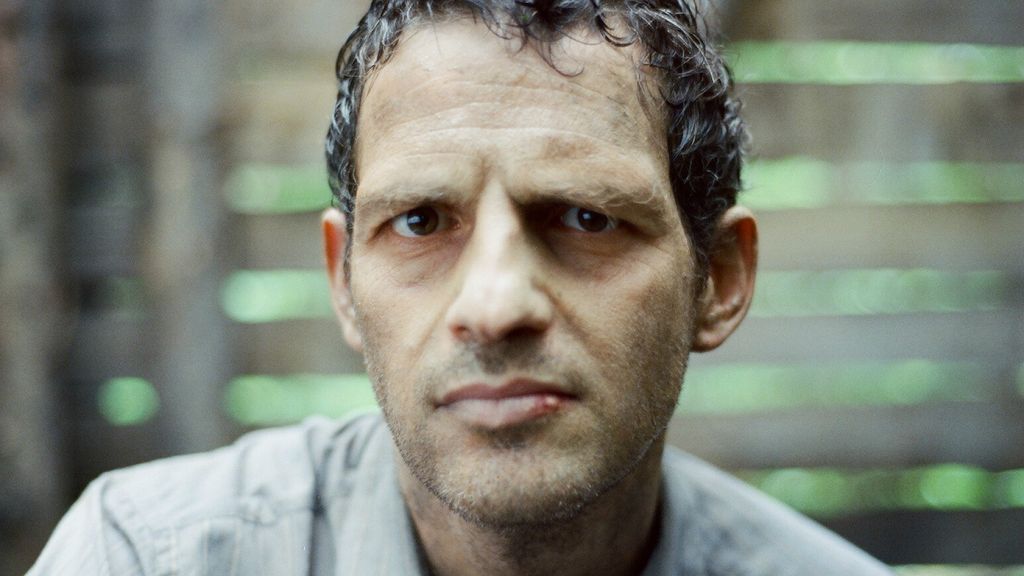
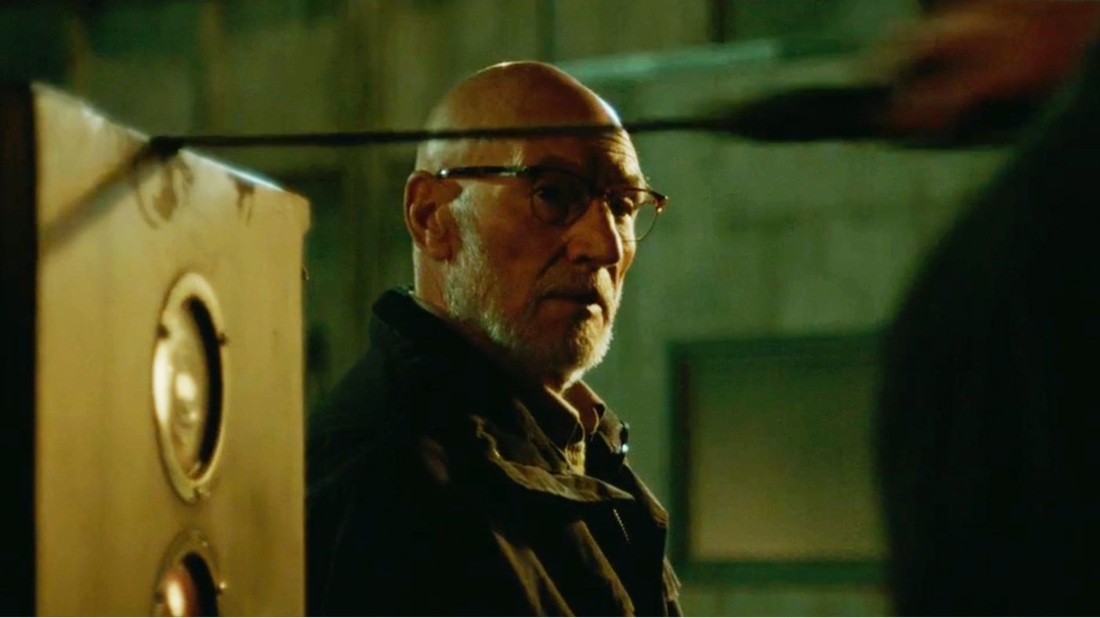
 RSS Feed
RSS Feed